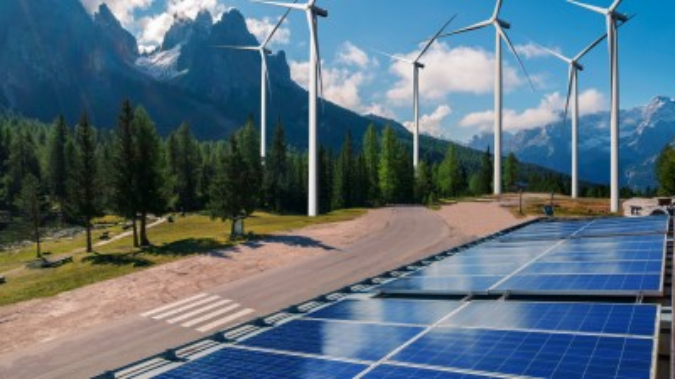
Why Energy Storage?
Energy Storage & Renewable Resources
PV Solar and wind turbines have added large amounts of power to the grid, but they are intermittent sources of energy, and require storage to be 24/7 energy solutions. Energy storage can make most types of energy generation and transmission more efficient. Base load power plants such as coal, nuclear or thermal plants generate a continuous amount of electricity which does not vary with demand. Base load generation can be increased so that energy can be stored to meet peak demand.

Gravity-Based Energy Storage
Gravity energy storage technology has a long history as a Long Duration Energy Storage (LDES), with Pump Hydro Energy Storage (PHES) being its most common form, accounting for approximately 90.3% of the world’s installed energy storage capacity.
Despite its lower energy density, gravity energy storage has higher cycle efficiency than liquid air energy storage. Consequently, it has broad application prospects in regions rich in renewable energy but lacking in conditions necessary for PHES construction.
Compared to PHES, which is constrained by geographic limitations due to water being a heavy material, gravity energy storage technology uses high-density solids as a heavy material to enhance its adaptability to different terrains, increase energy density and cycle efficiency, and improve economic viability.
Compared to battery energy storage and hydrogen energy storage, gravity energy storage is better suited for supporting the stable operation of high renewable energy systems due to its enhanced security, grid synchronization, and inertia.
What do we do?
Elevating Renewable Energy with Gravity
Cold Volt is providing a grid scale solution to the intermittent nature of solar and wind energy at a lower cost than lithium batteries and without using toxic chemicals or scarce resources. Our storage system reduces greenhouse gasses by allowing greater use of solar and wind energy and making them more profitable which encourages adoption.
